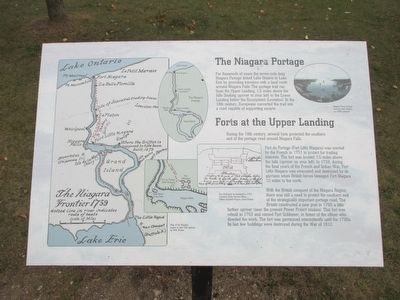Welcome to the Lytle Park Historic District, a captivating area rich with the echoes of Cincinnati’s vibrant past. Established in the early 19th century, this district has been a focal point of cultural and historical significance.
The area takes its name from Lytle Park, a green oasis in the heart of Cincinnati, named after the Lytle family, prominent early settlers in Ohio. The park itself was established in 1905, but the history of the district dates back much further.
In 1788, John Cleves Symmes and a group of settlers founded the nearby city of Cincinnati, and the Lytle family soon became influential figures in the area. General William H. Lytle, a notable member of the family, was a celebrated poet and Civil War general. His family home once stood where the Taft Museum of Art is currently located, a location that further adds to the district’s historical charm.
Throughout the 19th and early 20th centuries, the Lytle Park Historic District witnessed significant events and developments. It was a hub of activity during the Civil War, with Cincinnati playing a crucial role as a supply center for Union forces. The district’s architecture reflects this rich history, with structures showcasing styles from Federal to Greek Revival, each telling its own story of the city’s evolution.
One of the most notable buildings in the district is the aforementioned Taft Museum of Art, originally the Baum-Longworth-Sinton-Taft House. This National Historic Landmark, built in 1820, was home to several prominent Cincinnati families before becoming a museum in 1932. It houses an impressive collection of European and American art, offering a glimpse into the cultural priorities of the city’s elite.
Over time, the district has evolved, blending its historical roots with modern developments. Today, it stands as a testament to Cincinnati’s growth and resilience, inviting visitors to walk through history while enjoying the present-day amenities.
As you explore the Lytle Park Historic District, imagine the bustling streets during its heyday, the sounds of carriages on cobblestone, and the whispers of history that echo through its streets.


